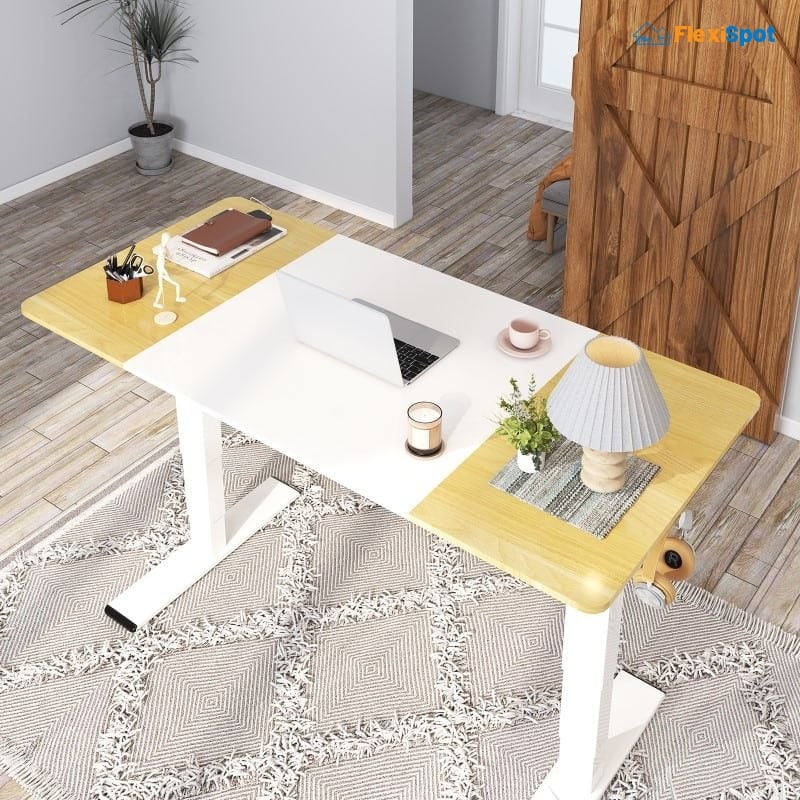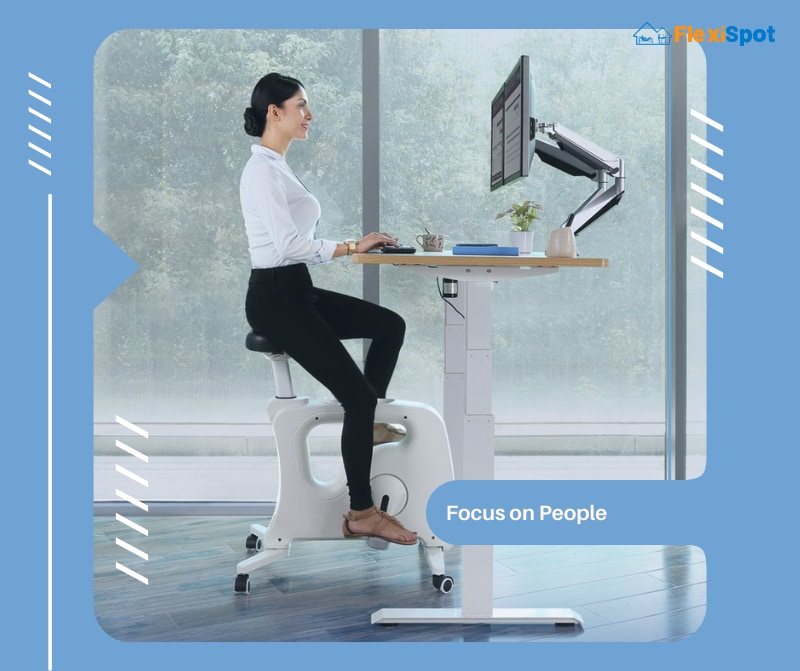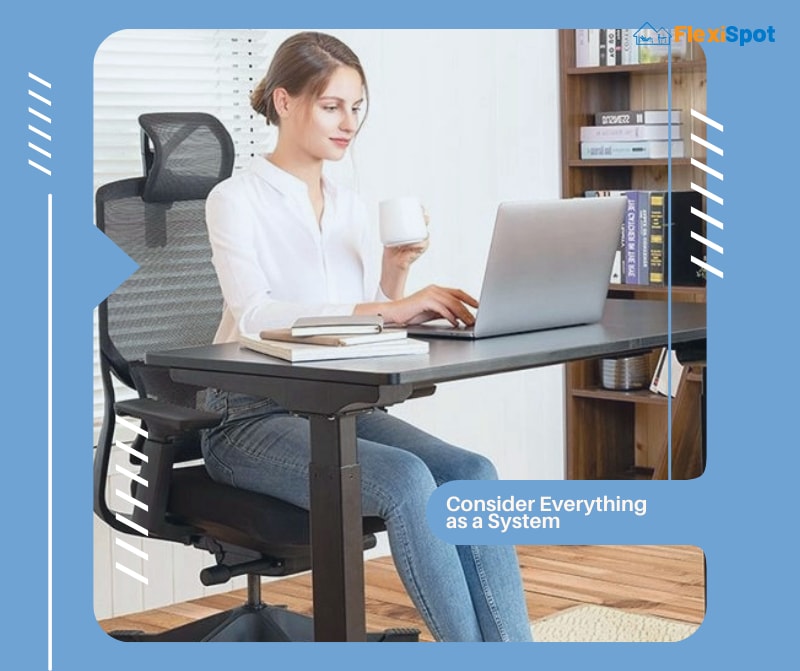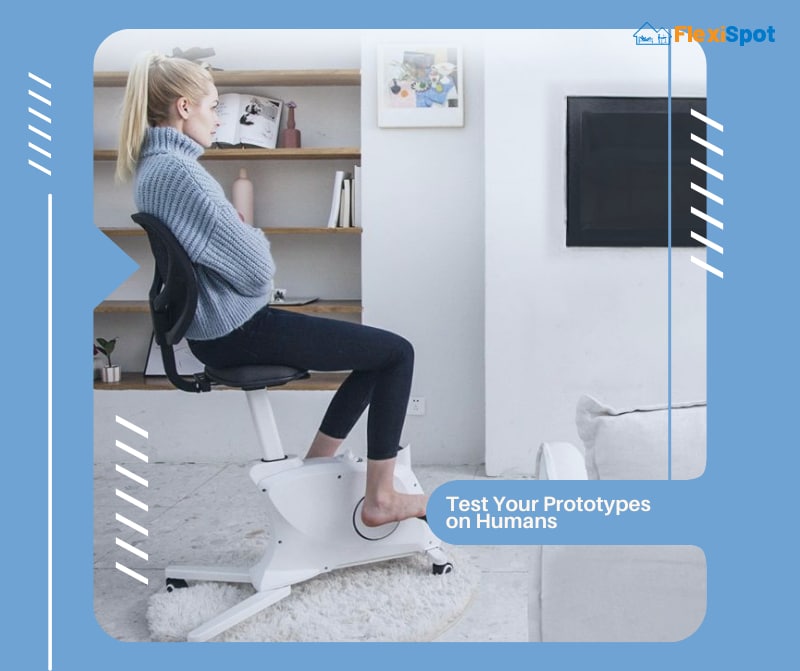What’s the point of designing a product or a system that the end-user doesn’t like? No matter how extraordinary the concept of your product is, and regardless of how magnificent it looks, it’s no real good if the people who are supposed to use it don’t like it.
In 1957, the renowned Ford Motors launched the Ford Edsel that they were pretty sure people would love. They believed that the new Ford Edsel would be a must-have car for middle-class Americans. It featured a futuristic design and numerous innovative features. But it was a massive flop. Why? Because people didn’t like it.
The very people the company thought would love the new Ford had completely opposite opinions about the car. That’s because the company completely overlooked the human factor. They conducted polls asking people what they would like in the new car but didn’t include any of the suggestions people stated. The result was that the company stopped the Ford Edsel production just 3 years after its launch.
The point of quoting such a massive failure from a world-renowned vehicle manufacturer is to make you understand the importance of keeping the human element in consideration when designing a product or a system. If the end human users don’t like it, even the best products are destined to fail.
This brings us to the Human-Centered Design approach. To keep it simple for now, a Human-Centered Design, just as the name suggests, is a design approach that revolves around the end human users.
We’ve tried to explain the Human-Centered Design in detail in this blog post so that the next time you’re involved in the design of any product (physical or digital) or a system, you don’t downplay the significance of keeping the preferences and needs of the end-users in your consideration.
What is Human-Centered Design?
We’ve already explained Human-Centered Design in layman’s terms. Let’s get into the technicalities of it.
A human-Centered Design approach is a powerful approach to designing and building new systems and products. It’s focused on designing products and solutions that the users want and those that are technically feasible and doable, and financially viable for the company. The end results of any process that’s based on Human-Centered Design will be the perfect blend of desirability, feasibility, and viability.
This approach can be implemented during the design stage of anything that someone will be using. Whether it’s a physical product like mobile phones or cars or a digital product like mobile applications, or it’s an operational workflow or a piece of ergonomic furniture, if it’s not what the end-users want, it’s bound to fail.

Let’s look at the example of Seiffen Laminated 4-Spliced Standing Desk. It’s not like any standing desk. It has got numerous features that people felt they needed, like separate storage space, quick and seamless height adjustment, USB charging ports, and anti-collision features. Now that’s an example of a well-thought, human-centered product.
The key to a Human-Centered Design is simple – human beings. If you focus on human beings and revolve the entire design process around them, there’s no way you won’t design solutions that will suit them and meet their needs. It’s all about being empathetic about what the end-users want.
Fundamental Principles of Human-Centered Design
Human-Centered Design is all about human beings. No matter what you’re designing, it’s going to be humans who’ll use it, right?
While focusing on the people who’ll be using the product or system is a fundamental principle of this design approach, it’s not the only one. There are 4 principles of Human-Centered Design that result in the design of solutions that cater to the needs of human end users.
Focus on People
The first principle, as we said earlier, is to focus on the people you’re designing the solution or product for. The people who’ll use the product aren’t robots but humans who’ll not just use the product but will interact with it in numerous ways to accomplish and achieve their goals. Your product should help them achieve their goals easily.
To be able to design a product that the human end users will accept, you’ve got to identify the actual reason why the people would want your product. You’ve got to ask yourself: Who is the product intended for?
Once you know who’ll be using your product, you’ll then need to understand the user journey. This includes finding answers to some questions from the user perspective; when does a user feel the need for your product, to do what, and to facilitate them in what way?
Once you’re able to find answers to these questions, there’s no way you’ll fail at designing a product that’s just what the human users want! Don’t focus on how the launch of a certain product will benefit you. Instead, shift your focus to the people who’ll be using the product. Massive benefits to your business will automatically follow!
Identify Problems that People Want Solutions For
If you look closely to observe, hundreds of problems surround us, but do we look for solutions to all these problems actively? We don’t. That’s because not all problems are worth finding solutions for. People only want solutions that’ll help them overcome bigger problems.
The second principle of Human-Centered Design is identifying problems that people want solutions to. If you design a product for an existing problem that isn’t troubling the people a lot, people won’t buy it. They’ll only spend their money and time on something they really need.
So, identify pressing problems that people are desperate to find solutions to. For this, you’ll have to do lots of research. No matter how long it takes, you’ve got to identify core problems and work towards finding solutions to them. Most of the time, it’s one fundamental problem that’s the root cause of many smaller problems.
Imagine spending time, resources, and effort into designing solutions to problems that people don’t really see as problems. It’ll all be a sheer waste. So, take your time, no matter how much it takes, to identify the right problems and then work towards designing the right solutions.
Consider Everything as a System
One of the most important, or say critical, principles of a Human-Centered Design is to consider everything as one system where all the elements and factors are interconnected. A failure to address any one aspect will lead to the failure of all others.
For example, you’re designing an e-commerce store that allows users to enjoy shopping for their favorite products. Let’s say your focus is on ensuring that the users enjoy a seamless and hassle-free shopping experience on your website. You may design your website to be extremely user-friendly with an attractive interface. For you, that’ll be the end of the process.
But that won’t be the end of the process for the user. Browsing through your products and then making a purchase is just one part of the user journey. What you may have overlooked in your design process is the other half of the user journey: the post-purchase user experience.
Now let’s say the user wants to exchange or return a product. Since you never thought about that, you may not have an effective customer service team. And that can shift the entire user experience from being smooth and pleasant to slow and unresponsive. The chances that a customer who was happy and satisfied with the purchase process who didn’t get a good response from you post-purchase returning to your store are pretty slim.
You see, when you’re designing a product or a solution for humans, no element is insignificant. Everything is dependent on one another, either directly or indirectly.
Test Your Prototypes on Humans
The last, but definitely not any less important principle of Human-Centered Design is to test the prototype of your product on humans. If you’ve designed an app, no matter how many computer tests you run, you won’t know how people will like it unless you have real people use it.
Since you’re designing the product for people, it’s only them you should test your product with. You may not find any problems with the product because you aren’t evaluating the product from the user’s perspective. Only an actual user will be able to give you feedback that’ll help you design a product that’s a really valuable addition for the users.
For example, you design an app that makes movies, shows, and songs from various platforms in place for you to enjoy. You work on making the interface simple yet attractive. You work on innovative navigation features. You also add a short preview feature so that the viewer can see what to expect from the movie or show they’re selecting. To you, the app is a sure-shot hit.
But it may not necessarily be liked by the users. You may have ensured that the users don’t have to wait for streaming. What if the users want a download feature to enjoy their favorite shows and songs even when there’s no active internet connection? You may not have considered this, but only a real user can broaden your perspective.
A Human-Centered Design approach is a secret to designing solutions that people will love. You may design an extraordinary product, but if the users don’t like it, all your time, effort, and resources will go to waste, and that’s something you wouldn’t want. So, instead of being the know-it-all, try being a know-nothing and let the insights from actual humans help you through the design process.




